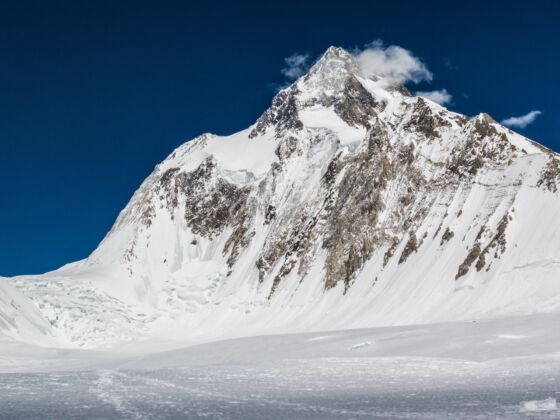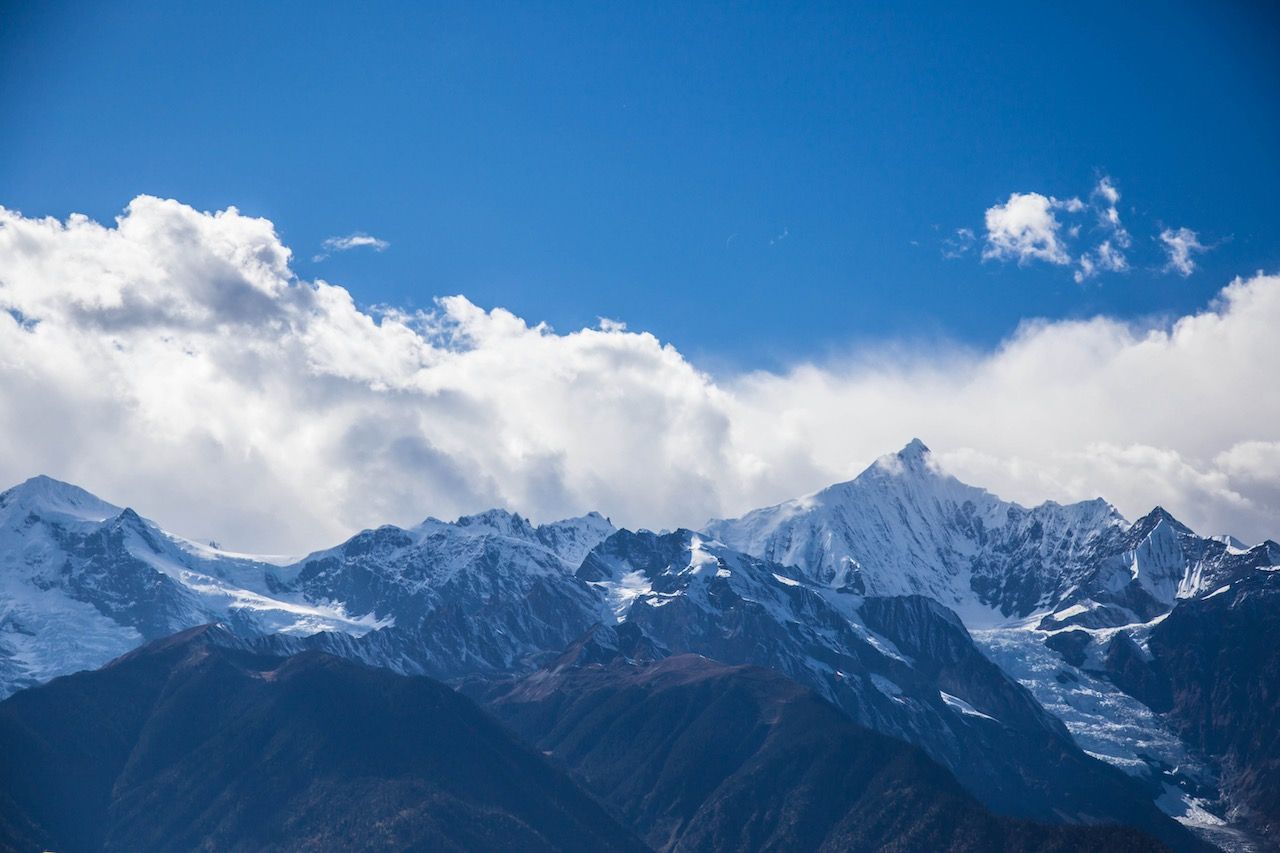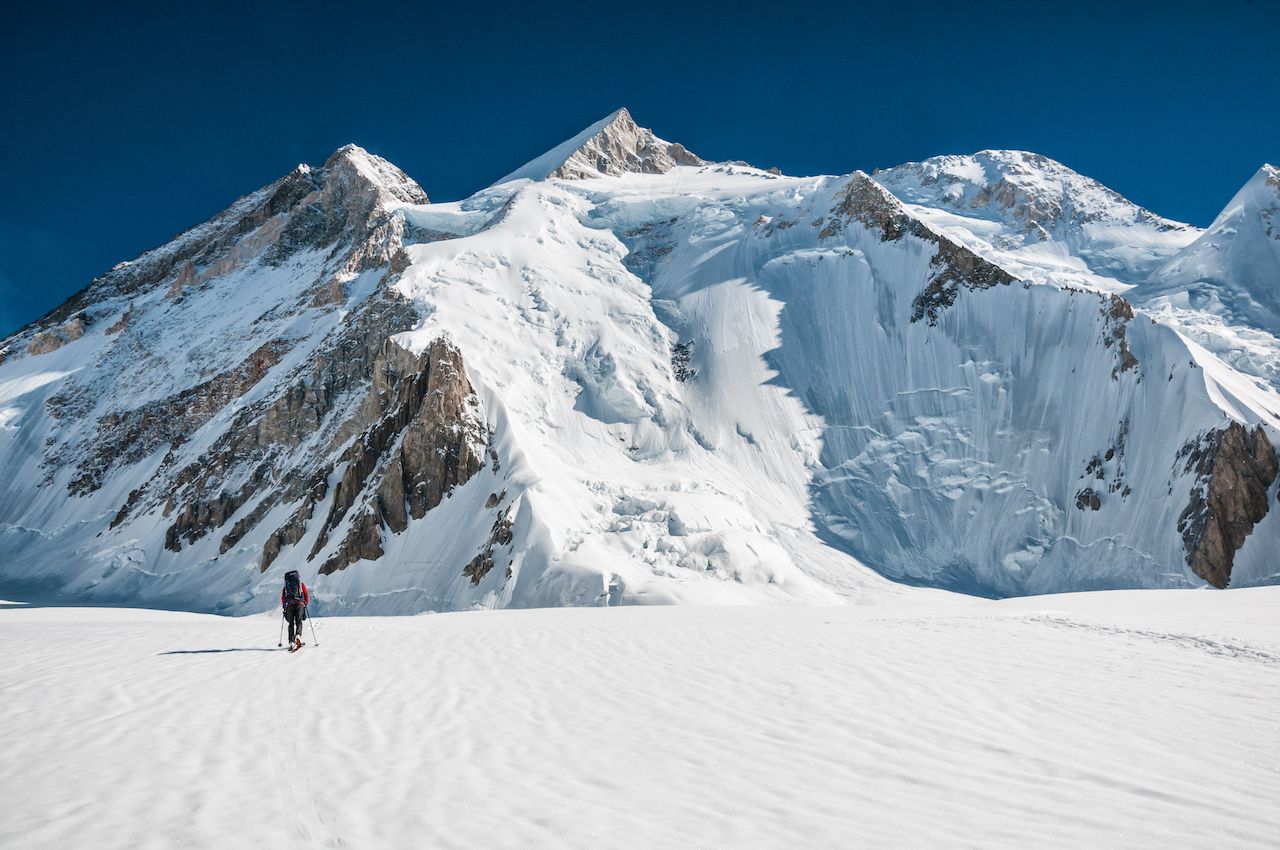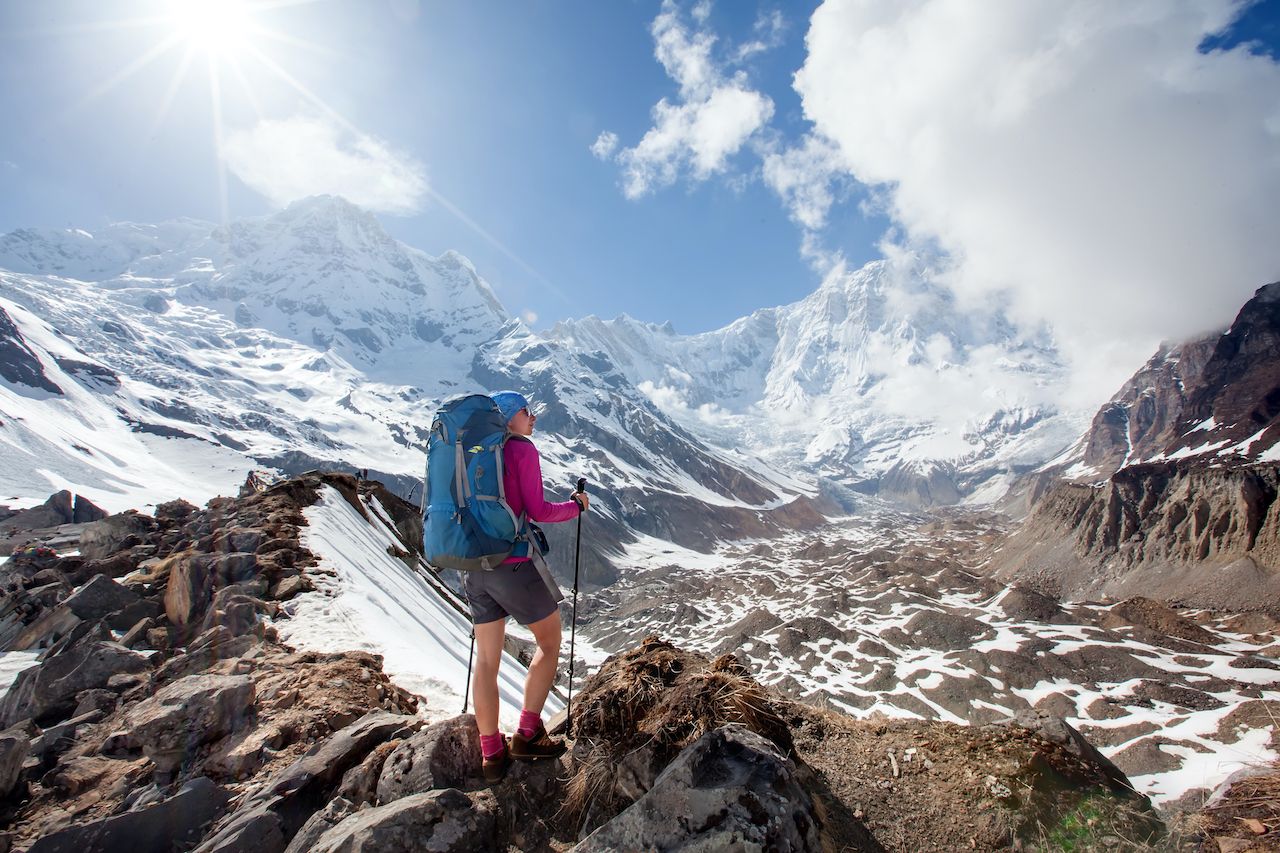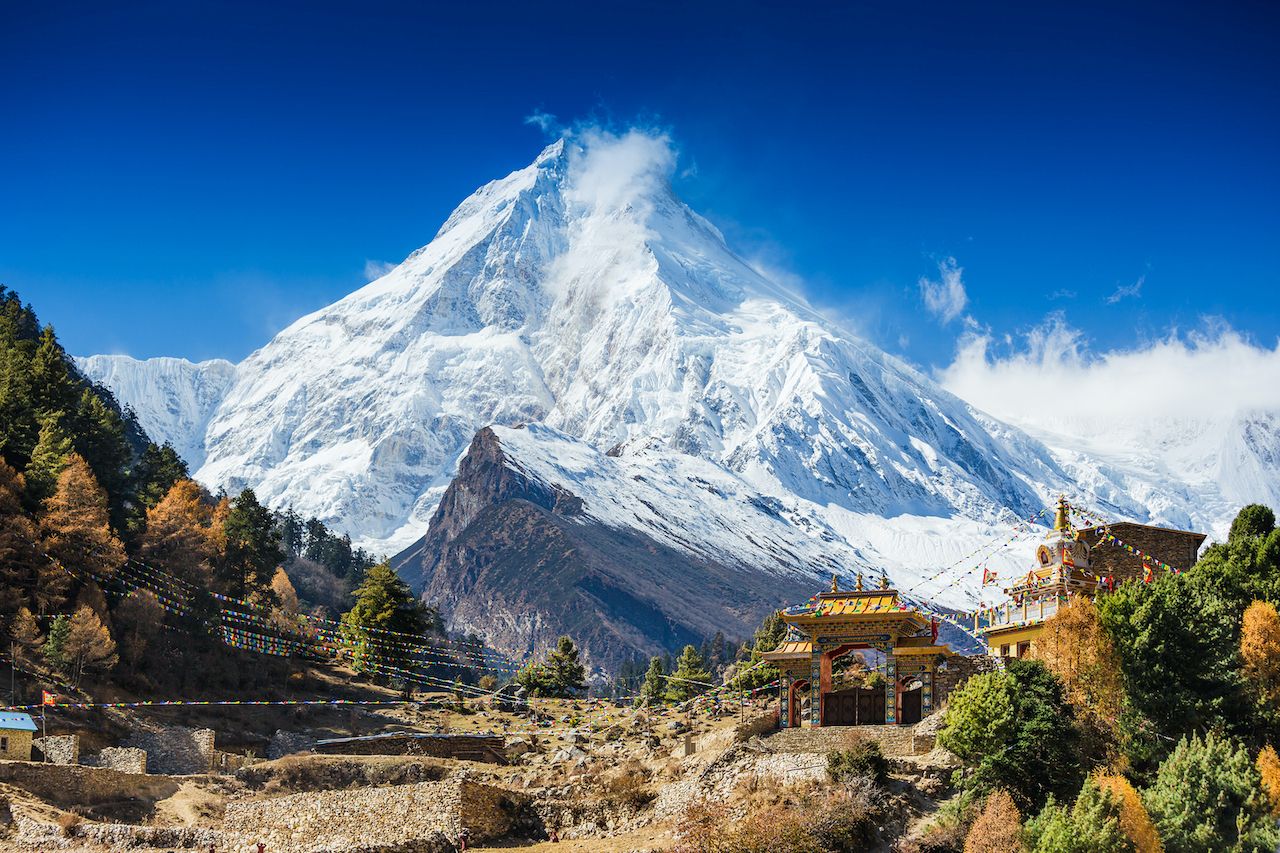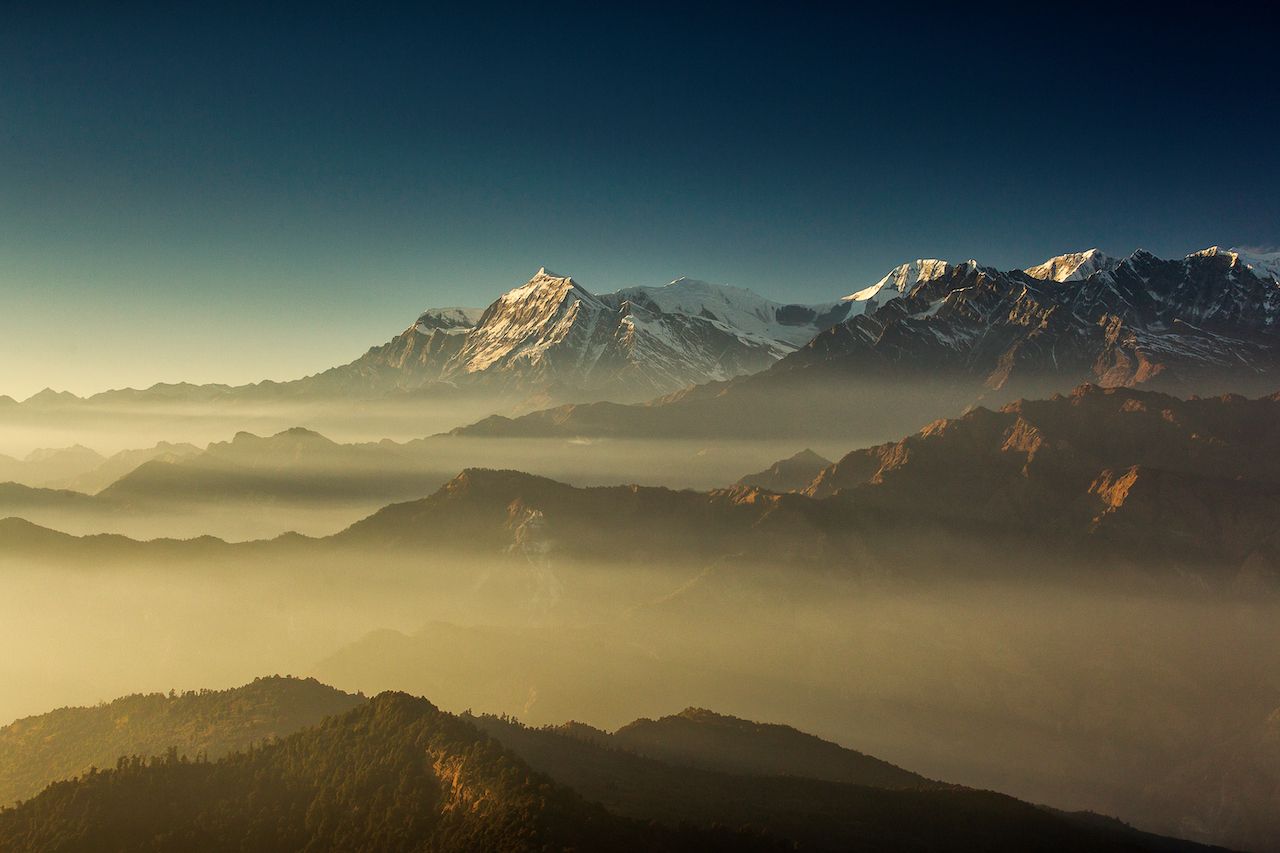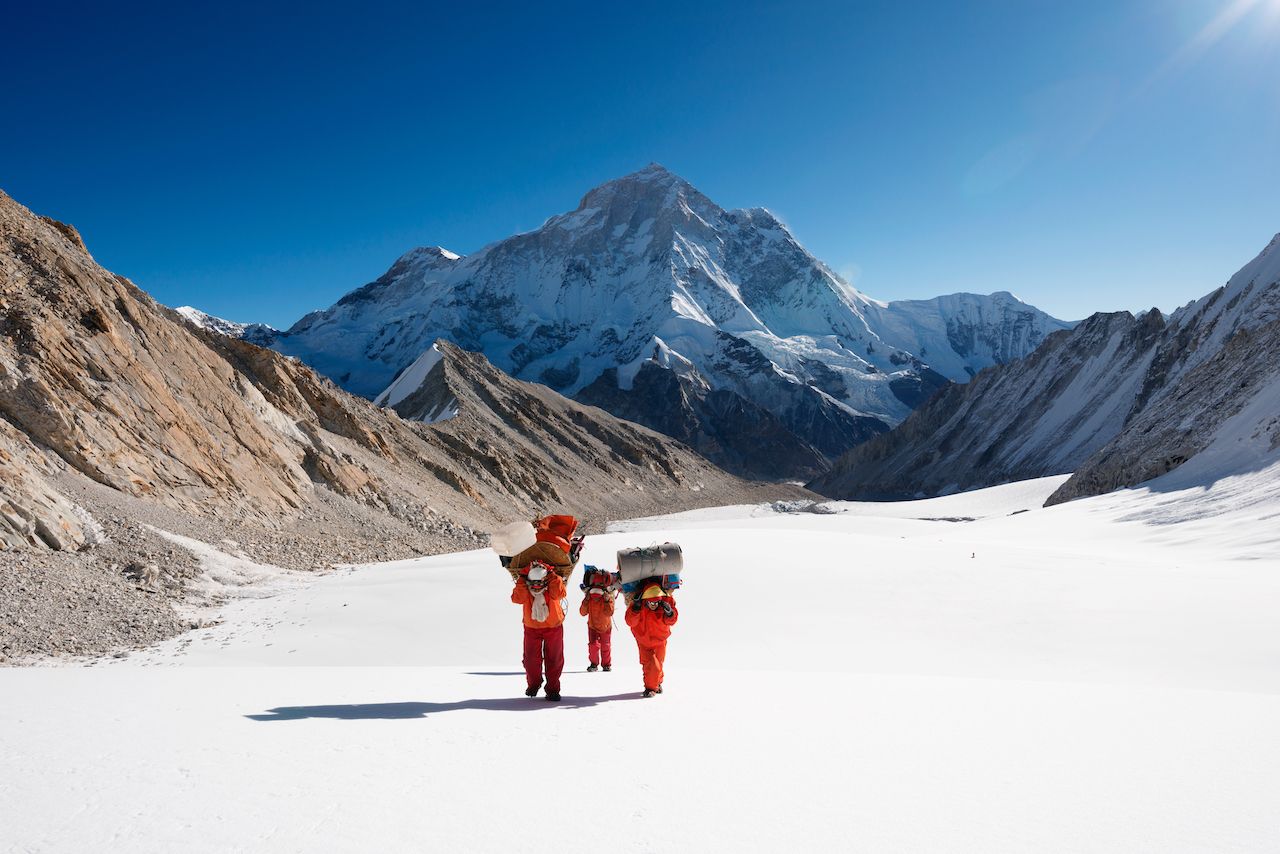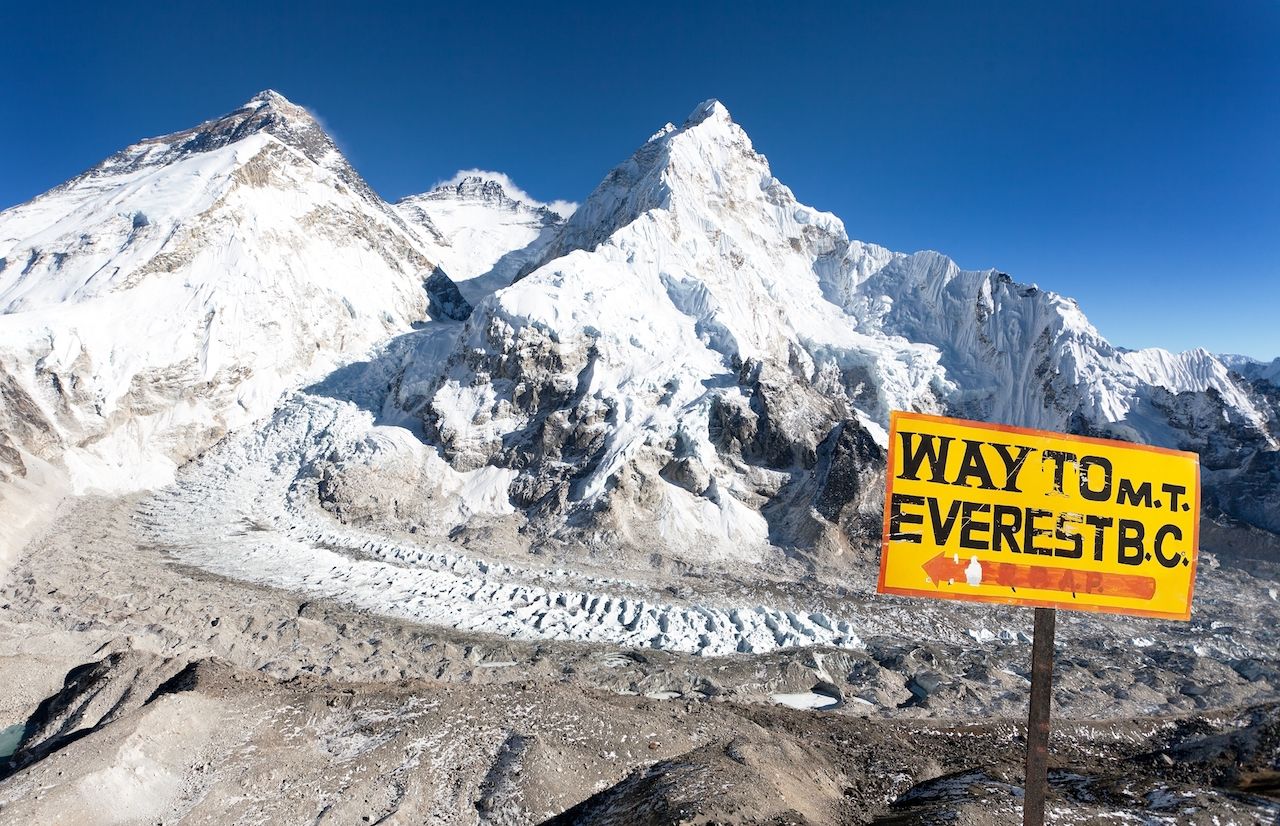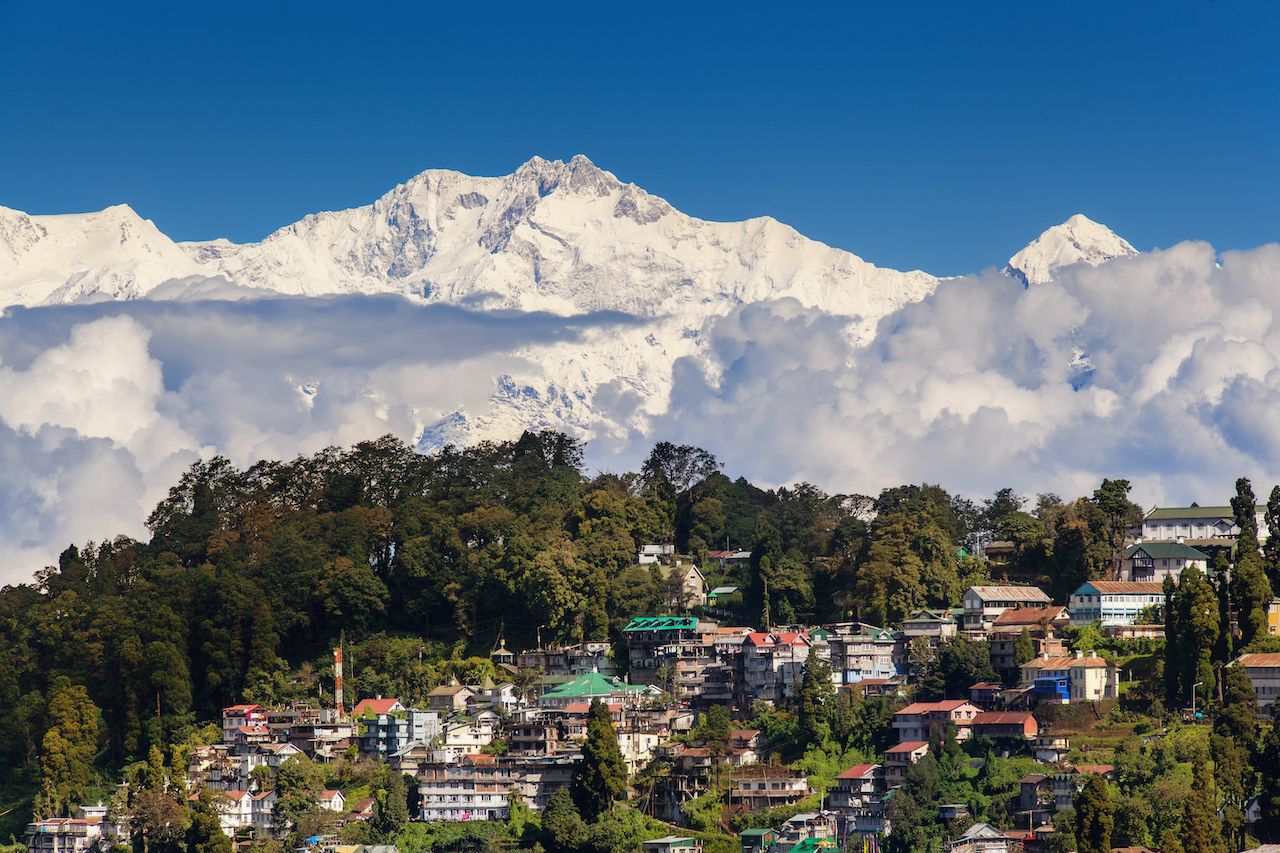The eight-thousanders are the only mountains on the planet with death zones, where the amount of oxygen in the atmosphere is insufficient to sustain human life (about 30% of that at sea level). The mountains are all are located in the Himalayan and Karakoram ranges in China, India, Nepal and Pakistan and are the only ones in the world over 8,000m (26,247ft).
The first person to climb all 14 eight-thousanders was the legendary mountaineer Reinhold Messner who completed the feat on October 16 1986. To date, there have been 33 climbers with verified ascents of all 14 eight-thousanders.
With the help of mountain guiding experts Adventure Consultants, we look at the challenges and vagaries of the 14 highest mountains on Earth. With nearly 25 years of Himalayan guiding experience, 225 Everest summits and expeditions on seven of the 14 eight-thousanders, there is no better authority on the subject.
